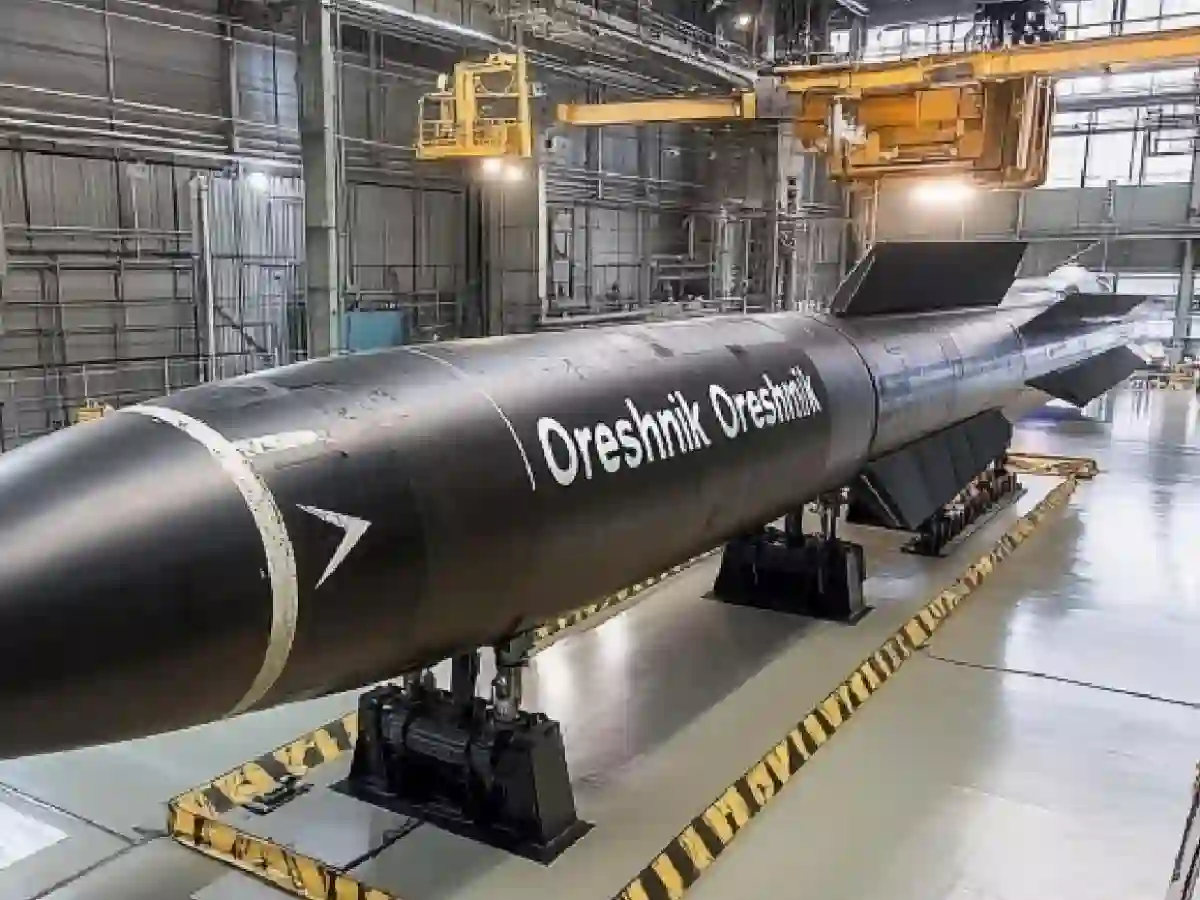Tensions between Russia and the West just got a little more complicated, thanks to a new player in the Kremlin’s missile arsenal.
The weapon, called the Oreshnik, might sound unassuming, but military experts are now calling it a game-changer — not because it’s being widely used, but because of how it’s meant to be used.
This isn’t your run-of-the-mill battlefield missile.
Even though Russia already fired one back in November 2024, hitting the Yuzhmash defense plant in Dnipro, Ukraine, military analysts are only now starting to grasp the real strategy behind it — and it’s making NATO officials increasingly nervous.
Not Built for the Battlefield, But Something Bigger
According to insights from the Military Chronicle Telegram channel, many are misunderstanding the Oreshnik.
Some assume it’s a general-purpose missile that can be launched at any major target like airbases, supply depots, or anti-aircraft installations.
But that assumption is flat-out wrong.
As the analysis explains, the Oreshnik doesn’t follow conventional logic.
It isn’t meant to strike tactical targets like Ukraine’s Starokostiantyniv airbase — that’s what traditional Soviet-era missiles like the R-17 (or its modern cousins Iskander and Kinzhal) are designed for.
Those legacy systems, built with massive warheads between 10 and 100 kilotons, are better suited to those roles.
The Oreshnik, by contrast, has an entirely different set of instructions — and that’s what makes it so unique, and so dangerous.
A Missile That Avoids Interception
When it first made headlines in November, the Oreshnik proved its worth by slipping through all of Ukraine’s air defenses and hitting its target cleanly. Western observers were stunned.
According to multiple reports, no air defense system — not even the most advanced — could touch it.
This has raised alarms in military circles across Europe and North America.
A weapon with this level of maneuverability, capable of dodging interception, essentially tears up the existing missile defense rulebook.
Russian Officials Drop Hints About European Targets
Adding fuel to the fire, Russian lawmaker Andrey Kolesnik — a member of the State Duma’s defense committee — recently said there’s no current need to use Oreshnik again in Ukraine.
But his message quickly turned ominous.
He warned that if tensions escalate further with Europe, especially if countries like Germany follow through with plans to send long-range Taurus missiles to Ukraine, the Oreshnik could be used as a response.
“Germany should really think twice,” he said, stressing that Russia already has enough of these missiles thanks to ongoing serial production.
NATO Grows Increasingly Uneasy
Over in the West, the reaction hasn’t been calm.
According to German publication Focus, Oreshnik is already causing sleepless nights in NATO’s war rooms.
With a reported range of 5,000 kilometers and the ability to strike multiple targets in one go, this missile isn’t just hard to stop — it’s nearly impossible.
And that’s the real issue. The more the weapon is studied, the clearer it becomes that it’s not simply a tool of war, but a carefully designed message. One that says: Russia is pushing the boundaries — literally and figuratively — of NATO’s red lines.
What Comes Next?
The big question now is: will Russia actually use the Oreshnik again soon, and if so, where?
Will NATO respond by reinforcing missile shields across Europe, or will it back off from further arming Ukraine with long-range systems?
Whatever happens, it’s clear that the Oreshnik isn’t just another missile — it’s a symbol of a shifting military landscape, one where Russia is increasingly willing to test just how far it can go without provoking a full-scale response.
